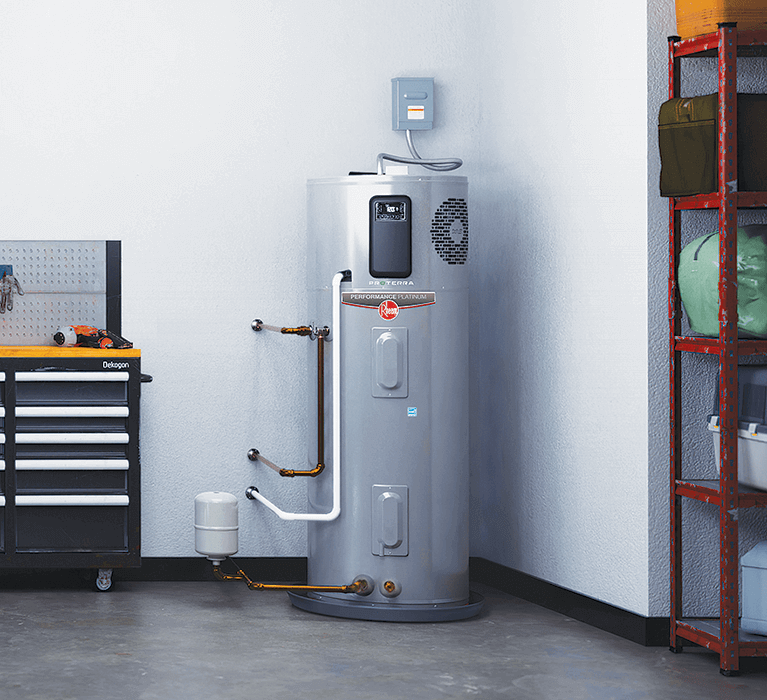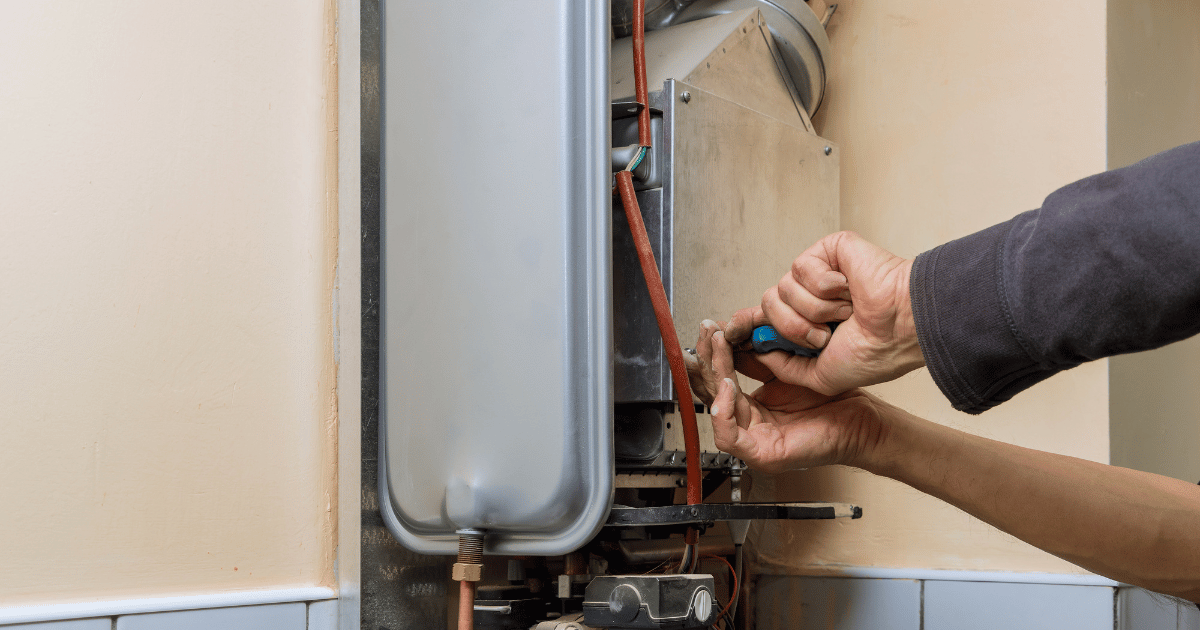What're your insights and beliefs on What Kind of Maintenance Do Water Heaters Need??

Warm water is important for daily convenience, whether it's for a rejuvenating shower or washing dishes. To ensure your hot water system runs effectively and lasts much longer, regular maintenance is essential. This article gives useful ideas and understandings on exactly how to maintain your home's hot water system to avoid disruptions and pricey repairs.
Introduction
Keeping your home's warm water system could appear difficult, yet with a couple of straightforward steps, you can guarantee it operates efficiently for several years to come. This guide covers every little thing from comprehending your warm water system to DIY upkeep pointers and knowing when to employ specialist assistance.
Significance of Maintaining Your Hot Water System
Normal upkeep not only extends the life expectancy of your hot water system yet additionally ensures it runs effectively. Neglecting maintenance can bring about decreased effectiveness, higher energy expenses, and also premature failure of the system.
Indicators Your Warm Water System Needs Maintenance
Recognizing when your hot water system requires focus can stop significant issues. Watch out for signs such as inconsistent water temperature level, unusual noises from the heater, or corroded water.
Recognizing Your Hot Water System
Before diving right into upkeep tasks, it's valuable to comprehend the basic parts of your warm water system. Generally, this includes the water heater itself, pipes, anode poles, and temperature controls.
Monthly Maintenance Tasks
Normal monthly checks can help capture small issues prior to they rise.
Purging the Water Heater
Purging your hot water heater removes sediment build-up, boosting performance and prolonging its life.
Checking and Replacing Anode Rods
Anode rods avoid deterioration inside the container. Examining and replacing them when broken is critical.
Examining and Readjusting Temperature Level Settings
Readjusting the temperature level setups makes certain optimum efficiency and safety and security.
DIY Tips for Upkeep
You can perform numerous upkeep jobs on your own to maintain your warm water system in top problem.
Looking for Leakages
Consistently evaluate pipelines and connections for leaks, as these can result in water damage and greater expenses.
Examining Stress Relief Valves
Examining the stress relief valve ensures it works correctly and stops too much stress accumulation.
Protecting Pipes
Shielding warm water pipes minimizes heat loss and can save power.
When to Call a Professional
While do it yourself maintenance is helpful, some concerns call for professional competence.
Complex Problems Calling For Professional Assistance
Examples include major leaks, electrical problems, or if your water heater is regularly underperforming.
Routine Specialist Maintenance Conveniences
Expert upkeep can consist of comprehensive assessments, tune-ups, and guaranteeing conformity with safety and security requirements.
Verdict
Regular upkeep of your home's warm water system is necessary for performance, long life, and expense savings. By adhering to these tips and understanding when to look for specialist assistance, you can make sure a dependable supply of warm water without unanticipated disruptions.
How to Maintain an Instant Hot Water Heater
Before tinkering with your hot water heater, make sure that it’s not powered on. You also have to turn off the main circuit breaker and shut off the main gas line to prevent accidents. Also turn off the water valves connected to your unit to prevent water from flowing into and out of the appliance. 2. When you’re done, you have to detach the purge valves’ caps. These look like the letter “T†and are situated on either side of the water valves. Doing so will release any pressure that has accumulated inside the valves while at the same time avoid hot water from shooting out and burning your skin. 3. When the purge valves’ caps are removed, you have to connect your hosing lines to the valves. Your unit should have come with three hoses but if it didn’t, you can purchase these things from any hardware or home repair shops. You can also get them from retail stores that sell water heating systems. Read the user’s manual and follow it to complete this task properly. When the hosing lines are connected, open the purge port’s valves. 4. You should never use harsh chemical cleaners or solutions when cleaning your unit. Make use of white vinegar instead. It should be undiluted and you’ll probably use about 2 gallons. 5. Now flush your water heater. This task should probably take about 40 minutes. We can’t give you specific directions for this because the procedure is carried out depending on the type, model and brand of your heater. With that being said, refer to the user’s manual. 6. When you’re done draining the unit, you have to turn off the purge port valves again. Remove the hosing lines that you earlier installed on each of the water valves. Put the valve caps (purge port) back in their respective places and be very careful so as not to damage the rubber discs that are found inside these caps. 7. Now that everything’s back in place, check your user’s manual again to find out how to reactivate your water heating system. 8. Once it is working, turn one of your hot water faucets on just to let air pass through the heater’s water supply pipes. Leave the tap on until water flows smoothly out of it. https://www.orrplumbing.com/blog/2014/september/how-to-maintain-an-instant-hot-water-heater/

Hopefully you liked our part about Water Heater Maintenance Tips You Can't Afford to Forget. Thank you for taking the time to read through our article post. Are you aware of anybody else who is fascinated with the topic? Take a moment to promote it. We cherish reading our article about How to Maintain Your Water Heater & Prolong its Life.
Call Today